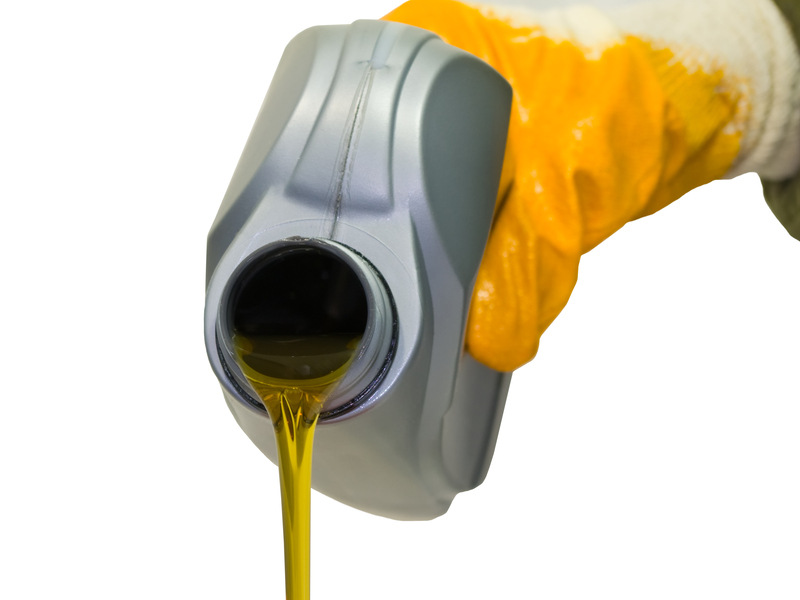Strategies for Reducing Cardboard Waste and Improving Disposal
Cardboard waste is an inevitable byproduct of our consumer-driven society, with millions of tons generated annually worldwide. From packaging boxes to shipping containers, cardboard is omnipresent--but what happens after we discard it? This article explores comprehensive, SEO-optimized strategies for reducing cardboard waste and improving disposal, with practical solutions for individuals, businesses, and communities. Let's dive into actionable steps that can make a real difference!
Understanding Cardboard Waste: The Challenge at Hand
In recent years, the rapid growth of e-commerce and home deliveries has exponentially increased the volume of cardboard packaging entering our waste streams. While cardboard is generally recyclable, improper disposal, contamination, and excessive use contribute to environmental concerns. Effective management of cardboard and corrugated fiberboard is essential for promoting sustainability, reducing landfill burden, and conserving resources.
Why Address Cardboard Waste?
- Environmental Impact: Decomposing cardboard in landfills produces methane--a potent greenhouse gas.
- Resource Consumption: Manufacturing new cardboard requires significant amounts of water, trees, and energy.
- Economic Factors: Improper disposal and inefficient processes cost businesses and municipalities millions annually.

Source Reduction: Minimize Cardboard Use at the Start
The most effective way to reduce cardboard waste is to prevent its generation whenever possible. This strategy focuses on decreasing the overall demand for new cardboard and encourages innovative practices at the source.
1. Opt for Alternative Packaging Materials
- Reusable Containers: For shipping and storage, consider swapping cardboard boxes for durable, reusable plastic totes or crates.
- Biodegradable Options: Explore packaging made from rapidly renewable materials such as bamboo or mushroom-based packaging.
2. Bulk Purchasing and Shipping
- Batch Orders: Reduce the frequency of small shipments and opt for bulk purchasing to cut down on excessive packaging.
- Consolidated Shipments: Work with suppliers who offer consolidated packaging for multiple items.
3. Design for Minimalism
- Slimmer Boxes: Choose packaging that fits your product closely, minimizing the need for extra cardboard and void fillers.
- Efficient Packing Design: Encourage manufacturers to use right-sized packaging to prevent waste.
Reusing Cardboard: A Second Life for Boxes
Before disposal, always consider if cardboard can be given a second life. Reusing is a key component in the hierarchy of waste management and significantly reduces environmental impact.
Practical Reuse Ideas
- Storage Solutions: Repurpose sturdy cardboard boxes for home, office, or warehouse storage.
- DIY Projects: Transform cardboard into playhouses, organizers, or craft materials for kids and classrooms.
- Moving and Shipping: Save boxes for future relocations or to share with friends and local businesses.
Business-Level Reuse Programs
- Box Sharing Networks: Participate in local initiatives that match excess boxes to people or businesses in need.
- Returnable Packaging Schemes: Deploy systems where customers can return packaging for reuse or resale.
Recycling Cardboard: Best Practices for Proper Disposal
Recycling remains one of the most accessible and important methods for cardboard disposal. However, to ensure recycling is effective, certain practices must be followed.
Cardboard Recycling Guidelines
- Clean and Dry: Only recycle cardboard that is free from food residue, oil, or excessive moisture.
- Flatten Boxes: Breaking down large boxes not only saves space but makes it easier during sorting and processing.
- Remove Contaminants: Take out packing materials like bubble wrap, foam peanuts, and plastic tape before recycling.
Types of Cardboard for Recycling
- Corrugated Cardboard: Used in shipping boxes--generally accepted in all recycling programs.
- Paperboard: Cereal boxes, shoe boxes--can be recycled unless coated with plastic or embedded with food residue.
Advanced Disposal Solutions and Waste Management Innovations
As technology advances, so do the methods for efficient cardboard waste management. Implementing these solutions at scale can make a substantial impact.
On-Site Cardboard Shredders and Balers
- Shredders: Cut cardboard into smaller pieces, making it easy to use as packing material or garden mulch.
- Balers: Compress cardboard into compact bales, facilitating transport and recycling for large businesses.
Smart Waste Collection Systems
- IoT-Enabled Bins: Use smart bins that alert waste collectors when full, streamlining pickups and reducing overflow.
- Automated Sorting: MRF (Material Recovery Facility) technology efficiently sorts cardboard from mixed waste using AI and robotics.
Composting Non-Recyclable Cardboard
- Organic Composting: Compost unwaxed and chemical-free cardboard in home or community compost systems.
- Mulching: Use shredded cardboard as mulch to suppress weeds and retain soil moisture in gardens.
Organizational Strategies for Businesses and Institutions
Large-scale cardboard reduction and efficient disposal require coordinated efforts. Here are some actionable cardboard management strategies for businesses, schools, and other organizations.
Employee Training and Awareness
- Recycling Education: Train staff on proper sorting of cardboard waste to maximize recycling rates and reduce contamination.
- Incentive Programs: Offer rewards for departments that excel in waste reduction initiatives.
Collaborations with Suppliers and Partners
- Sustainable Sourcing: Choose vendors who use recycled or minimal packaging materials.
- Reverse Logistics: Set up systems for returning used packaging to suppliers for reuse or recycling.
Reporting and Monitoring
- Track and Analyze: Use waste audits and reports to identify streams for improvement and track reduction over time.
- Public Commitments: Set and share cardboard reduction goals to foster accountability and inspire community action.
Community Initiatives and Policy Approaches
Communities can play a pivotal role in supporting cardboard waste reduction and responsible disposal through collective action and innovative policies.
Local Recycling Drives and Drop-Off Points
- Special Collection Events: Organize community events for collecting large volumes of cardboard after holidays or moving season.
- Curbside Recycling: Expand and promote municipal recycling programs to make participation convenient.
Educational Campaigns
- Workshops and Seminars: Educate residents on proper recycling and creative reuse projects.
- Online Resources: Develop and share digital guides detailing recycling locations and best practices.
Policy Recommendations
- Extended Producer Responsibility (EPR): Mandate manufacturers to handle post-consumer packaging waste.
- Waste Reduction Goals: Set municipal targets to minimize landfill-bound cardboard.
- Tax Incentives: Reward businesses and residents that adopt eco-friendly packaging solutions.
Challenges to Overcome in Cardboard Waste Management
- Contamination: Food or liquid contamination can make cardboard unrecyclable. Always separate clean cardboard from compostable or landfill waste.
- Public Awareness: Despite recycling's availability, many consumers remain unaware of correct disposal methods.
- Infrastructure: Not all communities have the facilities or programs to manage large volumes of recyclable waste efficiently.
Future Directions: Sustainability and the Circular Economy
The ultimate goal is to move toward a circular economy, where materials like cardboard are kept in use for as long as possible, continually cycled through reuse, recycling, and responsible manufacturing.
Innovations on the Horizon
- Biodegradable Coatings: Developing water- and oil-resistant coatings from natural materials to keep packaging fully recyclable.
- Recycled Content Mandates: Increasing the proportion of recycled fibers in new cardboard products.
- Packaging-Free Solutions: Encouraging zero-waste shops and delivery systems that eliminate the need for disposable packaging.

Conclusion: Every Action Counts in Reducing Cardboard Waste
Cardboard is a highly versatile and generally eco-friendly material, but only if managed correctly across its life cycle. Implementing a combination of reducing, reusing, and recycling cardboard waste, coupled with advanced disposal and policy approaches, can dramatically lessen its impact on the planet. Whether you're an individual consumer, a small business owner, or part of a large organization, making informed choices about cardboard use and disposal has long-lasting benefits.
By prioritizing sustainability, encouraging responsible consumer practices, and supporting community initiatives, we can all be part of the solution for a cleaner and greener future.
Frequently Asked Questions About Cardboard Waste Reduction
- Can all cardboard be recycled? Most clean and dry cardboard is accepted by recycling programs. Cardboard contaminated by food, oils, or chemicals should be composted or disposed of as landfill waste.
- Is composting cardboard effective? Yes, as long as it's untreated and not coated with plastic or wax. Shredded cardboard can enhance compost and garden soil.
- What's the most impactful strategy for reduction? Source reduction--preventing the creation of cardboard waste--is the most effective, followed by reuse and recycling.
Take proactive steps today by rethinking your packaging habits and learning more about local recycling guidelines. Every box counts--let's work together for a sustainable tomorrow!